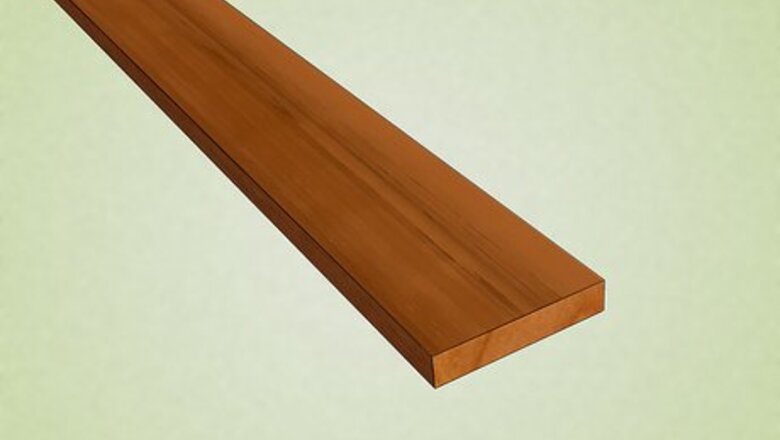
views
X
Research source
Because of these great qualities, teak wood is also very expensive. By looking closely at color, grain, scent, and weight, you can make sure the teak you're getting is real and authentic.
Checking Physical Characteristics
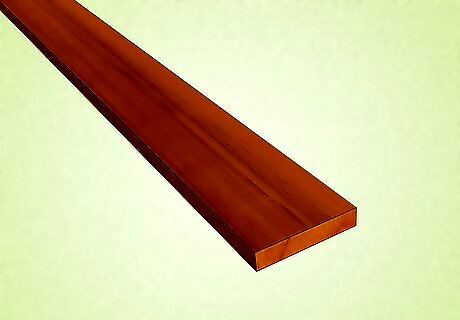
Look for dark golden-brown to yellowish-white wood. The color of teak wood varies depending on what species a tree is and what part of the tree the wood is from. Color ranges from dark golden-brown to yellowish-white. Knowing what type of teak you're looking for is important when examining color. The outer layer of the tree is called sapwood and is yellowish-white in color. This wood has a higher moisture content and is therefore weaker than heartwood. The core of the tree is called heartwood and ranges from golden brown to darker brown. This wood is harder, stronger, more expensive, and generally more desirable than sapwood.
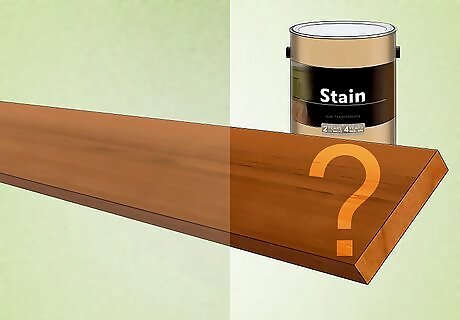
Ask if the wood is stained. Some teak dealers or stores may stain the wood, therefore masking its true color. Make sure to ask if the wood you're interested in has any stains on it. If it does, you'll need to identify the wood in a different way. Since teak wood gets darker with age, you should also ask about the age of the wood so you can make sure you get the type of wood you want.
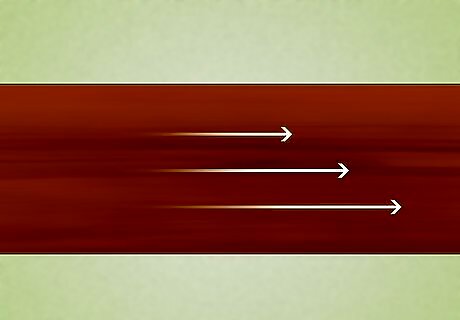
Look for a straight grain. The grain of true teak wood is generally straight. It will look like straight streaks or lines of a darker color than the rest of the wood. If the wood grain doesn't look straight or at least mostly straight, you'll want to ask some questions. Depending on how the wood was cut, the grain could also be slightly wavy.
Smelling and Weighing the Wood
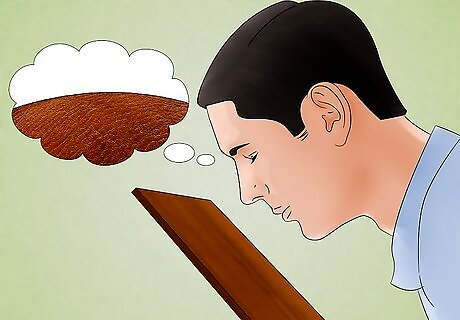
Identify teak wood by its leather-like smell. Scent is a great indicator of real teak wood. Teak wood has a high amount of natural oils, which helps it resist disease. Pick up the wood and smell it. You should be able to smell the natural oils, which smell like leather.
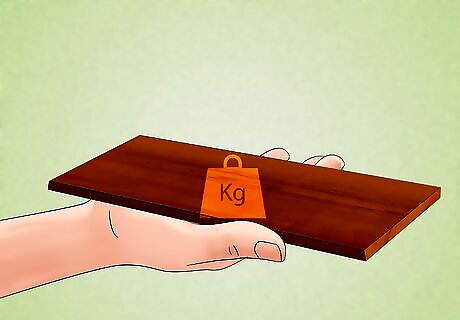
Pick up the wood to check for heavy weight. Weight is another way to identify teak wood. If it is real teak wood, it will be very dense and moderately heavy. Pick up the wood and test it. It should be heavier than particle board. If it feels light and porous in your hands, it is probably not teak wood.
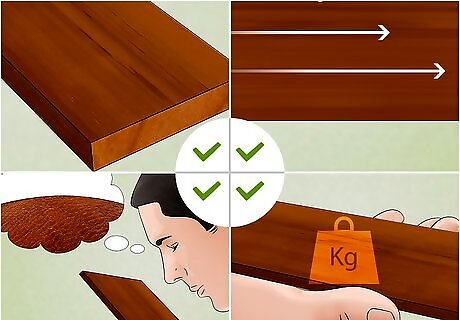
See if the wood matches all of the above characteristics. Create a checklist of factors like color, grain, scent, and weight. That way, you can clearly see how many boxes are checked by the piece of wood you're interested in. True teak wood should check all the boxes.
















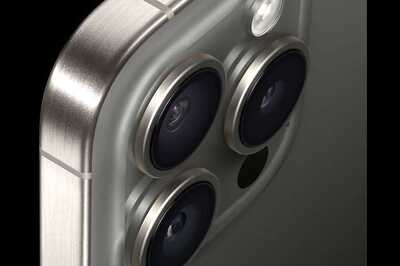


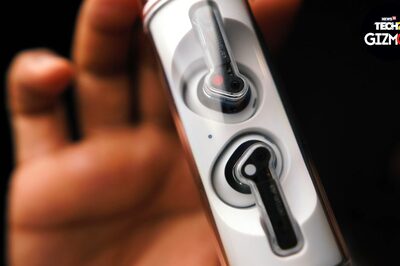
Comments
0 comment